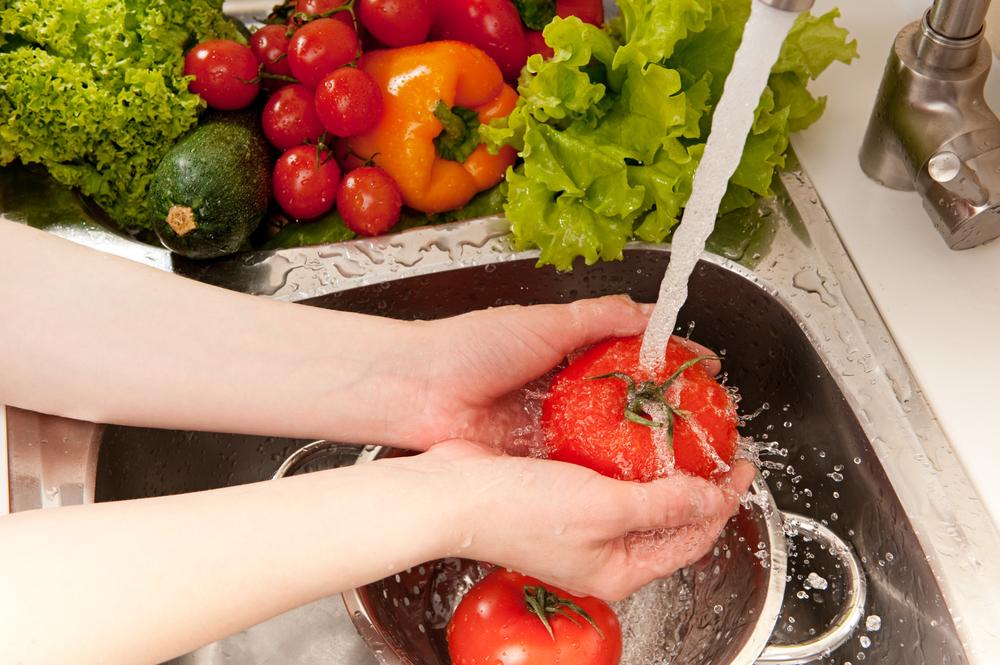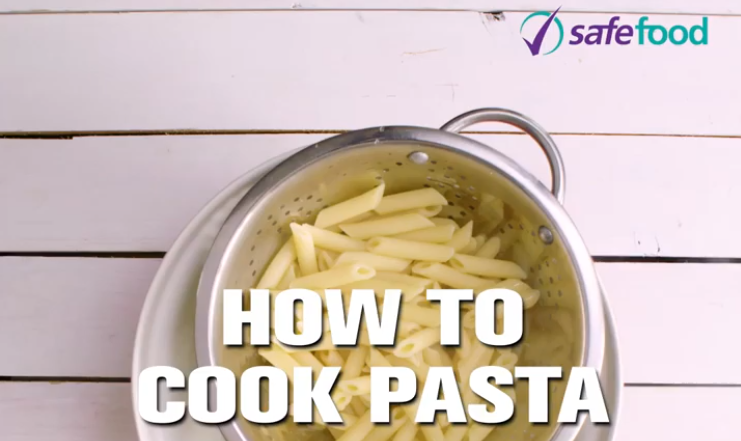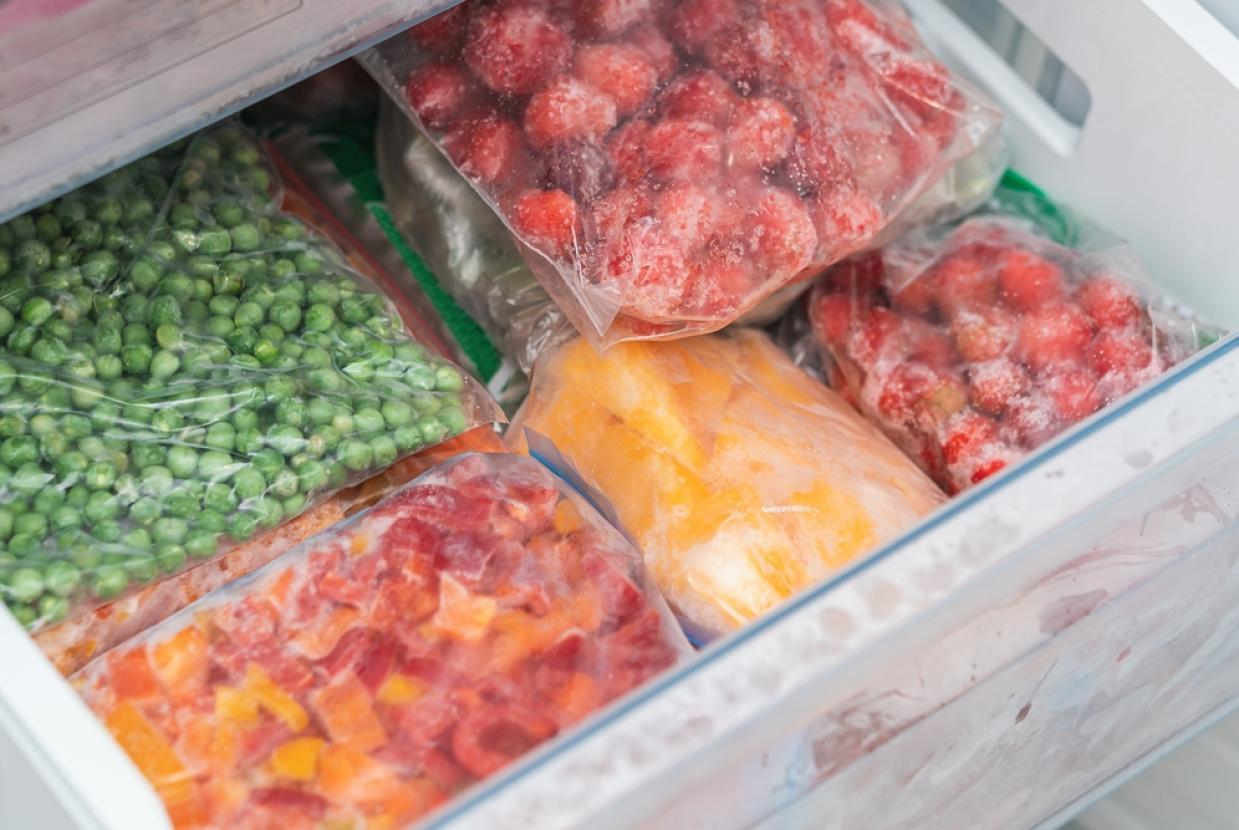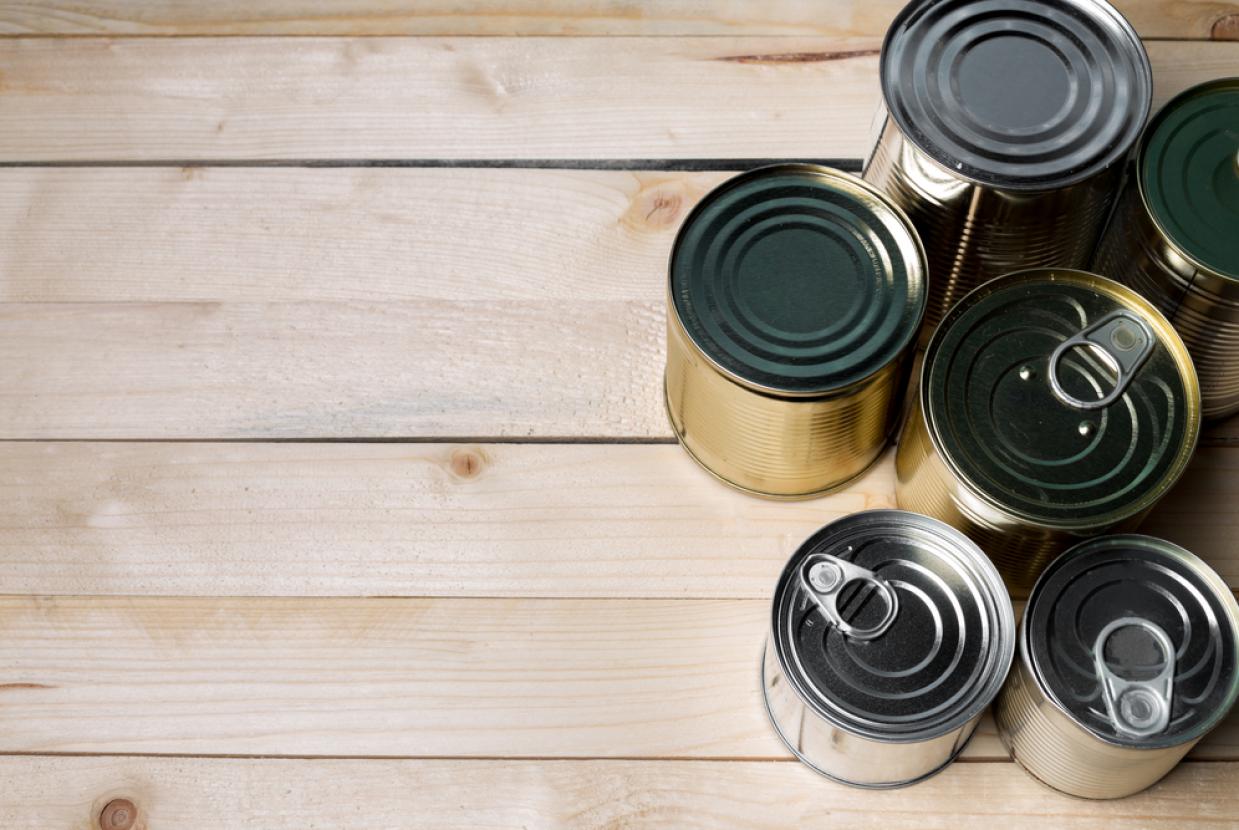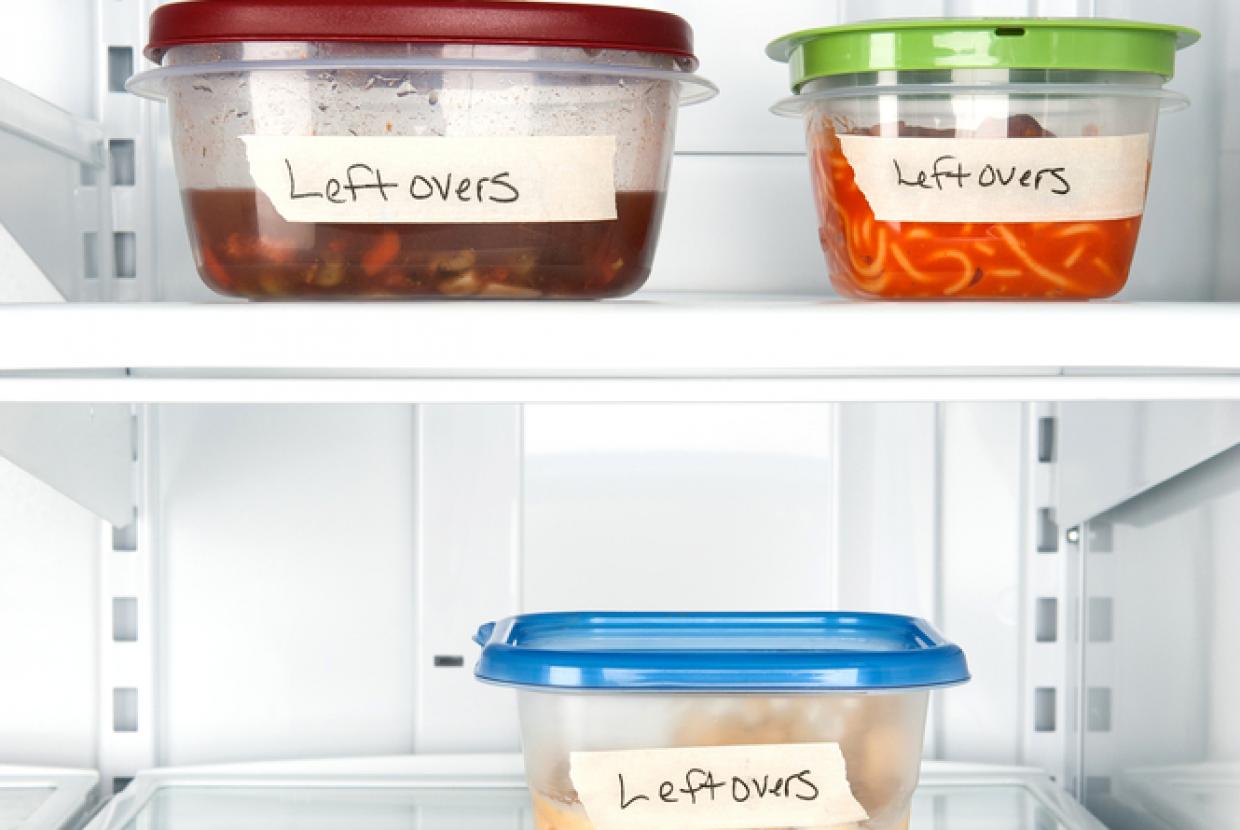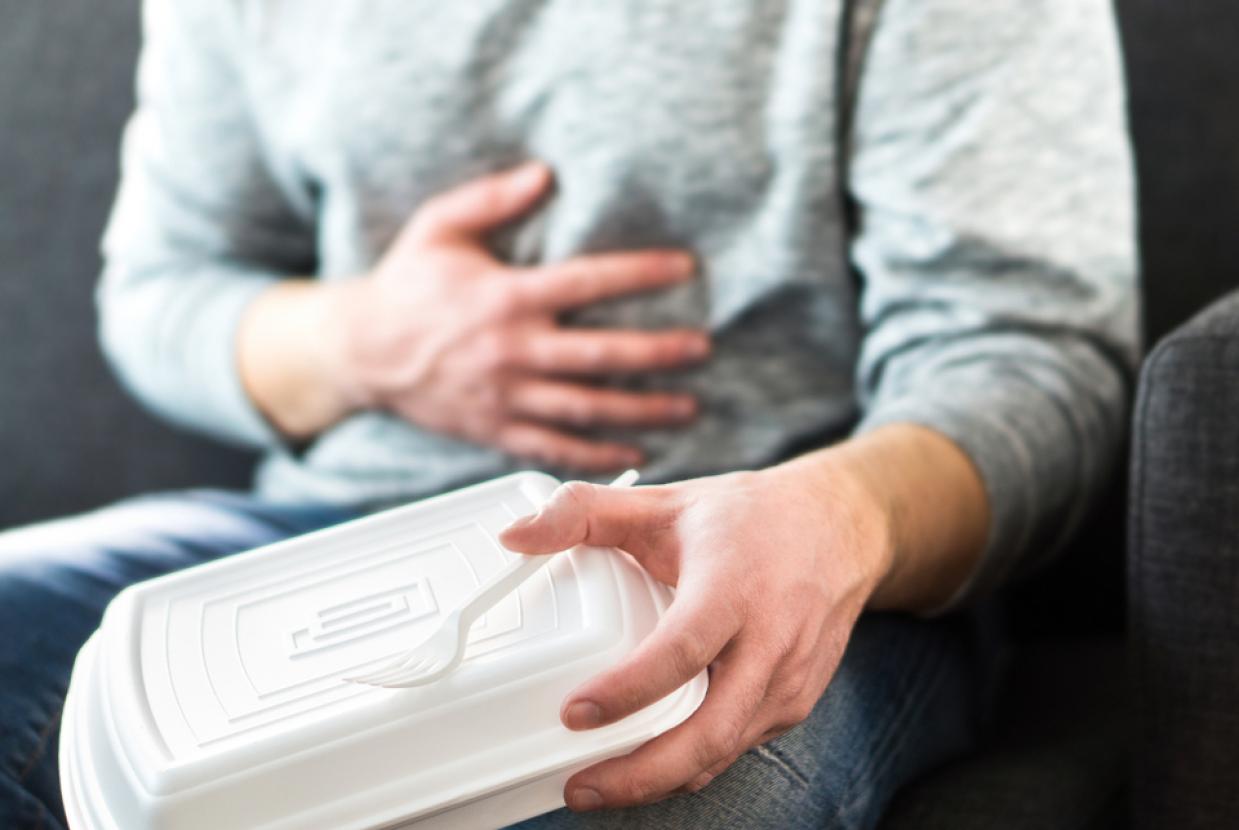Food Labelling Terms
Food labels can help us choose a healthier diet and make sure our foods are safe to eat. Here's a guide to some of the most common food labelling terms.
Food labels provide a wide range of information about foods. But understanding all of that information is important if we're to make use of it. For example, if a food product is labelled "light" or "lite" or has "no added sugar", what does this mean?
There are rules that food manufacturers must follow to prevent false claims or misleading descriptions, and there are clear guidelines on what labels on packets can and can't show. Below, we explain some of the more common labelling terms.
Use by and best before
Use by
You'll see "use by" dates on food that goes off quickly, such as smoked fish, meat products and ready-prepared salads. Don't use any food or drink after the end of the "use by" date on the label, even if it looks and smells fine. This is because using it after this date could put your health at risk.
For the "use by" date to be a valid guide, you must follow storage instructions such as "keep in a refrigerator". If you don't follow these instructions, the food will spoil more quickly and you may risk food poisoning. Once a food with a "use by" date on it has been opened, you also need to follow any instructions, such as "eat within 3 days of opening".
But remember, if the "use by" is tomorrow, then you must use the food by the end of tomorrow, even if the label says "eat within a week of opening" and you have only opened the food today.
If a food can be frozen, its life can be extended beyond the "use by" date. But make sure you follow any instructions on the pack, such as "cook from frozen" or "defrost thoroughly before use and use within 24 hours". "Use by" dates are the most important date to consider, as these relate to food safety.
Best before
"Best before" dates appear on a wide range of frozen, dried, tinned and other foods. "Best before" dates are about quality, not safety. When the date is passed, it doesn't mean that the food will be harmful, but it might begin to lose its flavour and texture.
Eggs have a shelf life of 28 days (from date laid to best before date). By law, eggs must reach the final consumer within 21 days from the date they have been laid. This date is known as the sell-by date.
After this date, the quality of the egg will deteriorate. If any salmonella bacteria are present, they could multiply to high levels and could make a person ill.
This means eggs need to be delivered to the consumer at least 7 days before the best before date. The consumer then has 7 days to use the eggs at home. Every year, we throw away 7.2 million tonnes of food and drink in the UK, most of which could have been eaten. So think carefully before throwing away food past its "best before" date.
Remember, the "best before" date will only be accurate if the food is stored according to the instructions on the label, such as "store in a cool dry place" or "keep in the fridge once opened".
Display until and sell by
Retailers often use "sell by" and "display until" dates on their shelves, mainly for stock control purposes. These aren't required by law and are instructions for shop staff, not for shoppers. The important dates for you to look for are the "use by" and "best before" dates.
Health claims
Food packaging often makes health claims for the food, such as "helps maintain a healthy heart" or "helps aid digestion". Since 2007, specific rules have been put in place to help prevent misleading claims. Any claims made about the nutritional and health benefits of a food must be based on science. Only claims the European Commission has approved can be used on food packaging.
General claims about benefits to overall good health, such as "healthy" or "good for you", are only allowed if accompanied by an approved claim. This means that these claims must be backed up by an explanation of why the food is "healthy". Labels aren't allowed to claim that food can treat, prevent or cure any disease or medical condition. These sorts of claims can only be made for licensed medicines.
Light or lite
To say that a food is "light" or "lite", it must be at least 30% lower in at least one typical value, such as calories or fat, than standard products. The label must explain exactly what's been reduced and by how much – for example, "light: 30% less fat".
To get the whole picture about a product and compare it properly with similar foods, you'll need to take a close look at the nutrition label. The easiest way to compare products is to look at the information per 100g. You may be surprised at how little difference there is between foods that carry claims and those that don't.
A "light" or "lite" version of one brand of crisps may contain the same amount of fat or calories as the standard version of another brand. Those tempting biscuits that claim to be light on fat can have more calories than you think, so always check the label.
Low fat
A claim that a food is low in fat may only be made where the product contains no more than 3g of fat per 100g for solids or 1.5g of fat per 100ml for liquids (1.8g of fat per 100ml for semi-skimmed milk).
No added sugar or unsweetened
"No added sugar" or "unsweetened" refer to sugar or sweeteners that are added as ingredients. They don't mean that the food contains no sugar.
The ingredients lists on food products with "no added sugar" and "unsweetened" labels will tell you what ingredients have been used, including what types of sweetener and sugar. You can often find information about how much sugar there is in the food in the nutrition label.
No added sugar
This usually means that the food hasn't had sugar added to it as an ingredient. A food that has "no added sugar" might still taste sweet and can still contain sugar. Sugars occur naturally in food such as fruit and milk. But we don't need to cut down on these types of sugar: it's food that contains added sugars that we should be cutting down on.
Just because a food contains "no added sugar", this doesn't necessarily mean it has a low sugar content.
The food may contain ingredients that have a naturally high sugar content (such as fruit) or have added milk, which contains lactose, a type of sugar that occurs naturally in milk.
Unsweetened
This usually means that no sugar or sweetener has been added to the food to make it taste sweet. This doesn't necessarily mean that the food won't contain naturally occurring sugars found in fruit or milk.
Ingredients
The ingredients in the food, including additives, are listed in descending order of weight at the time they were used to make the food. If flavourings are used, the label must say so. The ingredients list must also highlight any allergens (foods that some people are allergic to), such as eggs, nuts and soya, where used as ingredients.
As well as this information, there will usually also be the manufacturer's name and address, a date mark, instructions for safe storage and the weight of the product.
Nutrition information
You often see nutrition labels on food packaging giving a breakdown of the nutritional content of the food. When nutrition information is given on a label, as a minimum it must, under the new rules, show the amount of each of the following per 100g or 100ml of the food:
- energy (in kJ and kcal)
- fat (in g)
- saturates (in g)
- carbohydrate (in g)
- sugars (in g)
- protein (in g)
- salt (in g)
- plus the amount of any nutrient for which a claim has been made
Sometimes you'll also see amounts per serving or per portion, but this must be in addition to the 100g or 100ml breakdown.
Remember, the manufacturer's idea of what constitutes a "serving" or a "portion" might not be the same as yours. The common terms used in nutritional information are explained below.
Energy
This is the amount of energy that the food will give you when you eat it. It's measured in both kilojoules (kJ) and kilocalories (kcal), usually referred to as calories. An average man needs around 10,500kJ (2,500kcal) a day to maintain his weight. For an average woman, the daily figure is around 8,400kJ (2,000kcal).
Fat
There are 2 main types of fat found in food: saturated and unsaturated. As part of a healthy diet, we should try to cut down on food that's high in saturated fat. The nutrition label tells you how much total fat is contained in the food.
Eating too much fat can also make us more likely to put on weight because foods that are high in fat are high in energy (kJ/kcal), too. Being overweight raises our risk of serious health problems, such as type 2 diabetes and high blood pressure, as well as coronary heart disease.
Saturates
Eating a diet that's high in saturated fat can raise the level of cholesterol in the blood. Having high cholesterol increases the risk of heart disease.
As part of a healthy diet, we should try to cut down on food that's high in saturated fat. Most of us eat too much saturated fat. Reading nutrition labels can help you cut down on saturated fat.
Carbohydrates
There are 2 types of carbohydrates that the body turns into energy: simple and complex. Simple carbohydrates are often listed on nutrition labels as "carbohydrates (of which sugars)". This includes added sugars and the natural sugars found in fruit and milk.
Complex carbohydrates are also called starchy foods. Starchy foods include potatoes, bread, rice, pasta and other starchy carbohydrates. We should get most of our energy from complex carbohydrates, rather than those containing sugar.
Try to have higher fibre wholegrain varieties of starchy foods whenever you can by choosing wholewheat pasta, brown rice, or simply leaving the skins on potatoes. Sometimes you'll only see a total figure for carbohydrates on nutrition labels. This includes the carbohydrates from both complex carbohydrates and simple carbohydrates.
Sugars
Sugars occur naturally in foods such as fruit and milk, but we don't need to cut down on these types of sugars. Sugars are also added to a wide range of foods, such as sweets, cakes, biscuits and chocolates.
It's these types of sugary foods that we should cut down on, as regularly consuming foods and drinks high in sugar increases your risk of obesity and tooth decay.
Nutrition labels often tell you how much sugar a food contains. This includes added sugars (also called "free sugars") and the natural sugars found in fruit and milk. You can compare labels and choose foods that are lower in sugar.
Protein
The body needs protein to grow and repair itself. Most adults in the UK get more than enough protein for their needs. Protein-rich foods include meat, fish, milk and dairy foods, eggs, beans, lentils and nuts.
Salt
The term "salt" on food labels includes all the sodium in a food. While most sodium comes from salt (sodium chloride), some can be naturally occurring in food. It can also come from raising agents and additives.
Too much salt can raise your blood pressure, which puts you at increased risk of health problems like heart disease and stroke. Cutting down on salt lowers blood pressure, which means your risk of having a stroke or developing heart disease is reduced.









